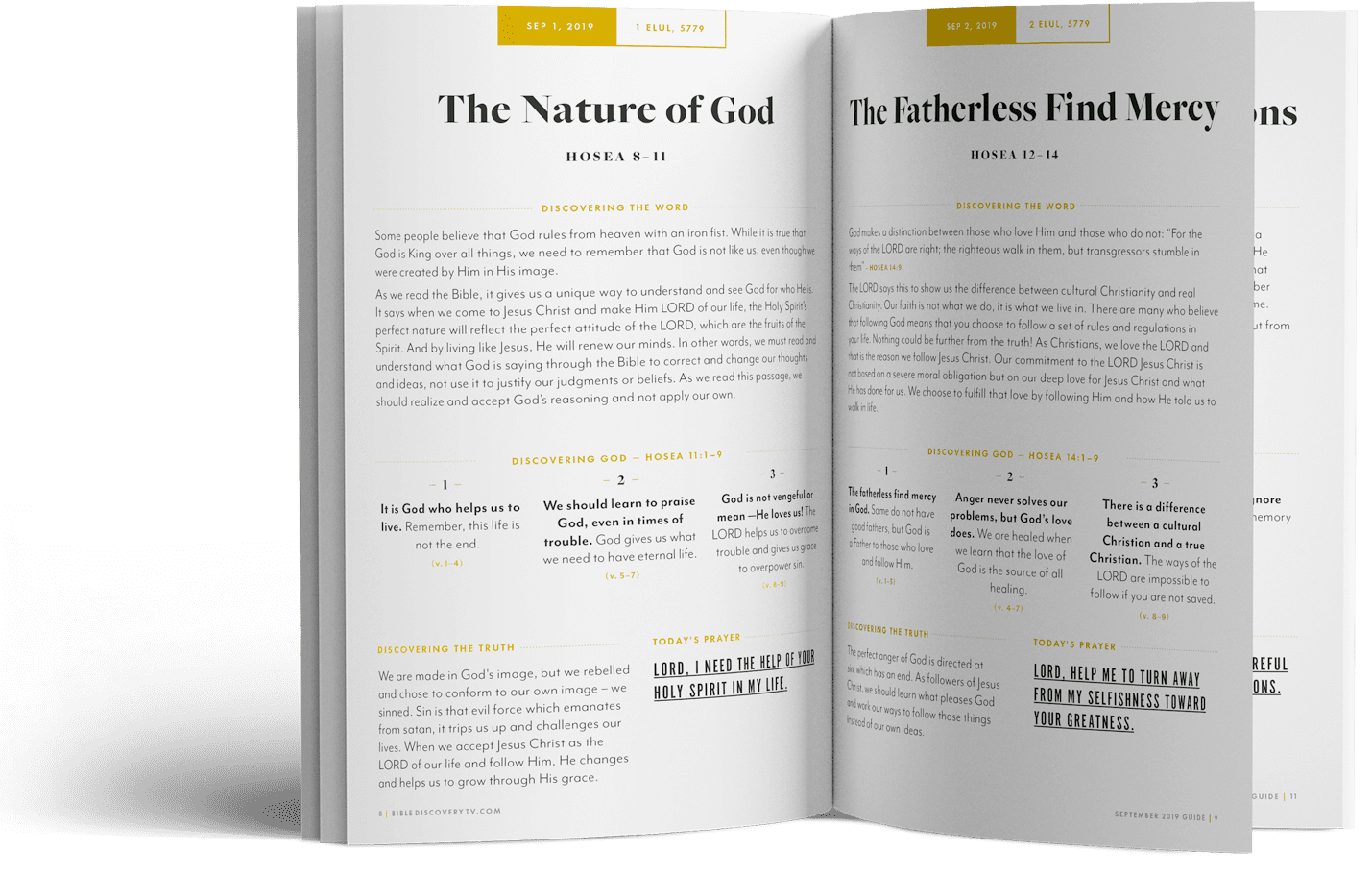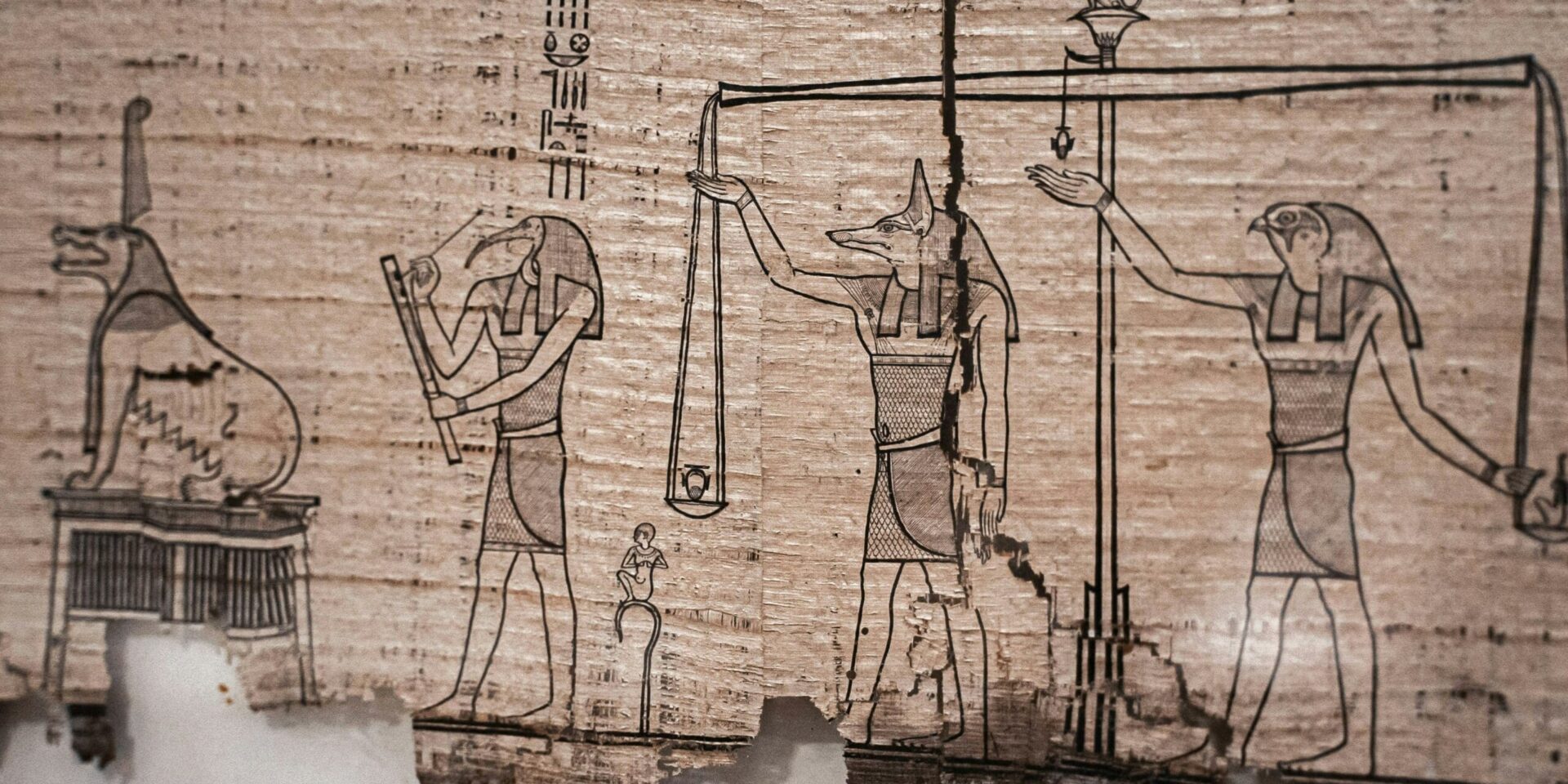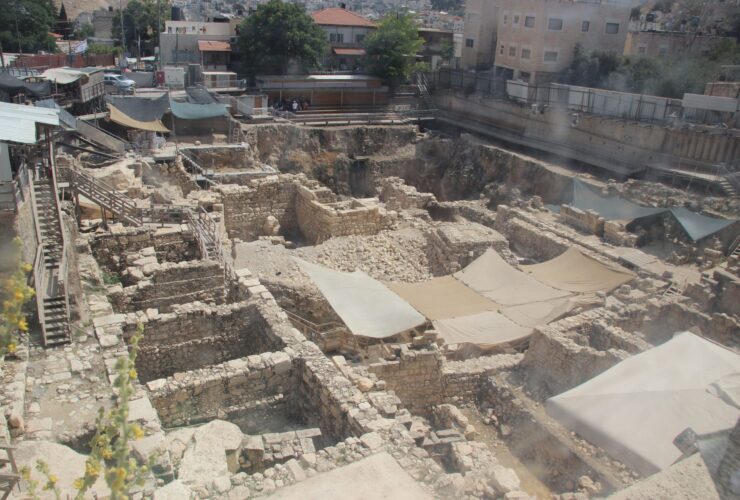The papyrus plant is a type of reed that grows in watery areas like the banks of rivers and marshes. This impressive plant was almost synonymous with ancient Egypt and her famous Nile River (Isaiah 19:7). The plants on average grow to around 15-feet tall and their stocks are topped with flowing fronds and small brown flowers.
In ancient Egypt papyrus had many uses, its wood like root was used for carving and burning, its green fibrous stem was turned into cloth, rope, sandals and baskets, and its inner white pith was both eaten and turned into Egypt’s famous papyrus paper.[1][2] While this organic paper is prone to decomposition, some ancient pieces have survived until today, and upon examination of these papyrus pieces, knowledge from ancient history (particularly, Roman historian Pliny the Elder), and examinations of Egyptian tomb paintings (i.e., the tomb of Puyemre)[3], the production process is known well enough that it has been recreated in Egypt today.[4]
“Can the papyrus grow up without a marsh? Can the reeds flourish without water?”
Job 8:11
The papyrus plant was harvested by hand in the summer using boats on the Nile. The plants were pulled out roots and all and bundled. Next their fronds would be cut off and discarded, while the stalk’s outer rind was peeled off. The inner pith of the plant would cut into shorter pieces, about 20-inches long, and then very thinly sliced and placed into water to soak. These slices would then be arranged vertically with their edges overlapping, and on top of them another layer arranged horizontally. Then the paper would be beaten together and pressed to dry, the plants own juice acting as the binding glue. Once thoroughly dry, the paper would be buffed smooth with a rounded stone, piece of ivory or shell, and its edges would be cut straight and to a standardized size (15×9 inches). Rolls of papyrus were also manufactured for sale to scribes; by pasting sheets together and rolling them up, the scribe could then choose the length of papyrus desired and slice it off the roll.
The beginning date for Papyrus production is not known, but credit is given to the ancient Egyptians for the ingenuity of process. It is known, however, that despite other options for writing material, papyrus use and manufacturing continued in Egypt until about the 9th century AD, when the convenience of other methods gradually replaced its need.

Corie Bobechko is a daily co-host, speaker, and writer of Bible Discovery. She also hosts a YouTube channel that shows how history and archaeology prove the Bible. Her heart for seekers and skeptics has led her to seek truth and share it with others. Corie also has a Bachelor of Theology from Canada Christian College.
[1] Vicker, Ray. “Papyrus Manufacture Once Again a Monopoly in Egypt,” Biblical Archaeology Review 2.2 (1976): 30–32.
https://members.bib-arch.org/biblical-archaeology-review/2/2/8
[2] The Text Of the New Testament, Metzger & Ehrman, Oxford University Press Inc, 2005, pg 4-7.
[3] Metzger & Ehrman
[4] Vicker.






